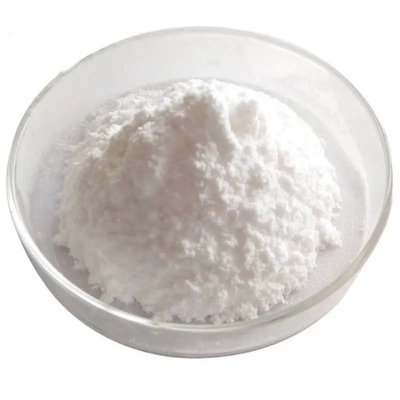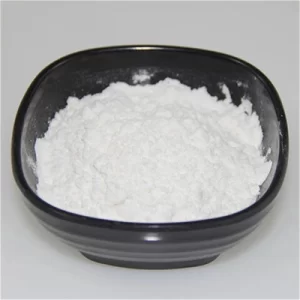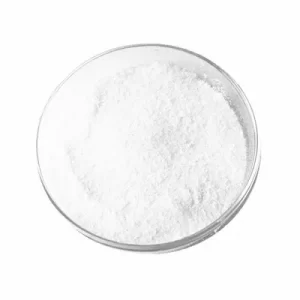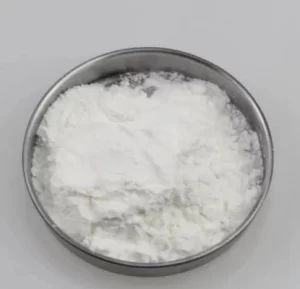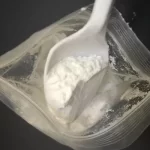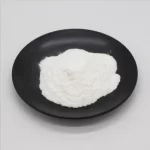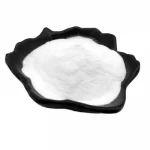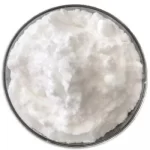Description
Anti Hair Loss 99% Purity Setipiprant CAS 866460-33-5
Description
| Product Name: | Setipiprant | CAS: | 866460-33-5 |
|---|---|---|---|
| Molecular Formula: | C24H19FN2O3 | Molecular Weight: | 402.42 |
| Apperance: | White Powder | Purity: | 99% |
| MSDS: | Avaliable | MOQ: | 100gram |
| Package: | Foil Bag | ||
| High Light: |
99% Purity Setipiprant, Anti Hair Loss Setipiprant, CAS 866460-33-5 Nutritional Supplements |
||
Anti Hair Loss 99% Purity Setipiprant Powder CAS 866460-33-5
| Product Name |
Setipiprant |
| CAS No. | 866460-33-5 |
| Molecular formula | C24H19FN2O3 |
| Molecular Weight | 402.42 |
| Grade Standard | Medicine Grade |
| Purity | 99%MIN |
| COA | Available |
What is Setipiprant?
Setipipran is an oral drug that’s currently being tested for use as a hair loss treatment. It was initially developed as a treatment for allergic rhinitis, but recent hair loss-related discoveries have made it a better candidate for hair loss reversal.
How Does It Work?
In short, setipiprant is an antagonist of the prostaglandin D2 receptor 2 (DP2). This receptor is responsible for bonding with and responding to certain prostaglandins, particularly PGD2. This prostaglandin has been linked to various pathological responses, including those linked to allergies, asthma, and inflammation.
For Allergies/Asthma
As setipiprant is believed to interfere with the receptors known to contribute to allergies/allergic responses, the drug was first tested on allergies and asthma.
In clinical trials, the drug performed quite well in the treatment of allergen-induced airway responses in asthmatic patients. It was also well tolerated by participants. However, its results were similar to those of drugs already on the market, so further trials were discontinued.
For Hair Loss
In 2012, researchers discovered a link between the PGD2 receptor and hair loss. More specifically, this receptor is seen at high levels in the scalps of men diagnosed with Androgenetic Alopecia (AGA).
AGA (Male-Pattern Baldness) is the most common cause of hair loss in men, though it’s also seen in women (Female Pattern Hair Loss). It’s believed to be caused by a sensitivity to DHT, which is an androgen hormone that attaches to the follicles and leads to inflammation and irritation.

